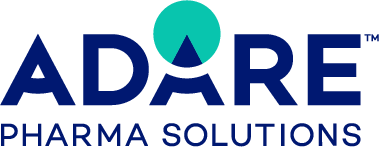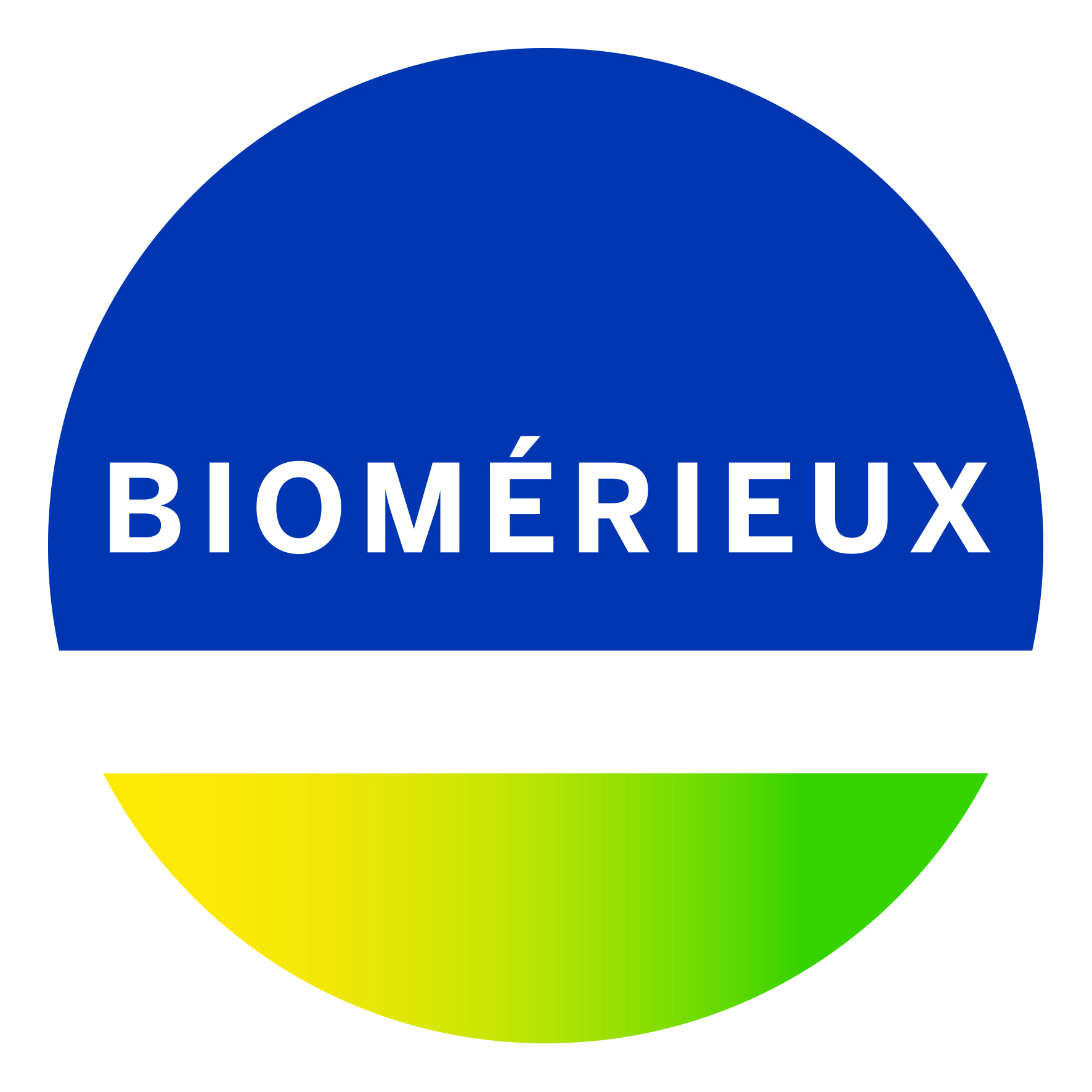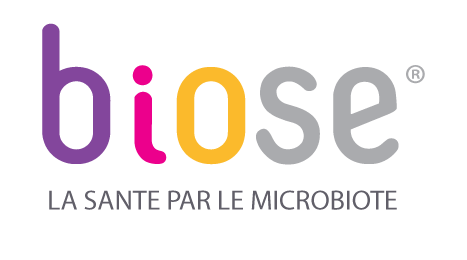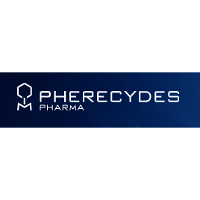Over the past two decades, advanced technologies have allowed researchers to assess the composition of microbiomes and their potential roles.
Thus, modern technologies have created a new era of opportunities for the exploitation of the microbiota as a novel source of diagnostic, prophylactic, or therapeutic solutions.
While you are seeking to assess such opportunities, we are committed to support your R&D programs using our integrated approach, which brings together the appropriate testing methods and expertise.
We combine cellular and molecular technologies with state-of-the-art in silico, in vitro and in vivo preclinical models to enable in-depth exploration of microbiomes and help you understand and exploit microbiome functionality.
Access key information to exploit the microbiome
- Explore
To help you explore the vast possibilities of microbiomes, we help you design a comprehensive approach, by analyzing the taxonomic composition of the microorganisms present and the functional capabilities of microbial communities. A deeper understanding of what these complex ecosystems do and how they respond to environmental changes can be provided through a combination of our multi-omics capabilities, biostatistics, Machine Learning and synthetic biology tools, such as digital twins.
Learn more about our OMICS and xDATA technologies.
If you wish to better understand the dynamics of subpopulations, they can be explored at the cellular level using flow cytometry and a panel of markers targeting various phenotypic criteria.
- Isolate
To go further than a genome or cell population-centric view of microbiomes, we can provide you with clinical-grade biospecimens, which enable the isolation and cultivation of microbial cells derived from complex samples. You can find more detailed information on our dedicated page: Clinical Operations. Our proven ‘targeted culturomic’ approach can help you access most commensal bacteria, even if they are highly sensitive to oxygen or not very abundant in samples.
Discover here our case study Ysopia.
- Cultivate
If you wish to obtain sufficient biomass to further characterize the isolated bacteria, we can help you optimize the culture conditions for anaerobic bacteria, from the scale of a few milliliters to bench-top batch fermentation systems. Our expertise can be applied to the characterization of various microorganisms, like probiotics or other microorganisms used for industrial fermentation.
Read more about it in our case study FAME-Maat Pharma.
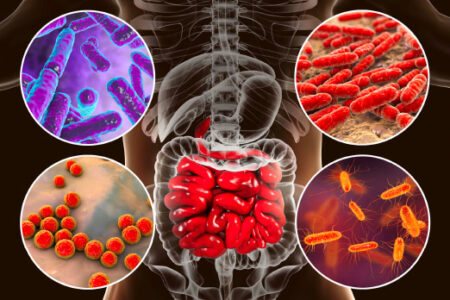
Host-microbiome interactions
Understanding and leveraging microbiomes
If you are a player in the field of therapeutics, nutrition, or cosmetics, microbiomes can be both sources of highly innovative products and targets for intervention. We can help you identify novel candidates for product development and/or evaluate possible interactions between your product, the microbiomes, and their hosts for human and veterinary applications.
With the help of state-of-the-art in silico, in vitro and in vivo preclinical models, such as gnotobiotic mice (Read our in vitro/in vivo Models offer and case study GM15), we can help you decipher the mechanism of interactions and possible mode of action of your products in microbiome-oriented approaches.
Whatever the approach you desire to implement, we can help you refine your host-product-microbiome interactions, involving:
- molecules and ingredients, possibly derived from microorganisms, that promote the growth of “good bugs”: small molecules, fermented food, postbiotics, prebiotics,
- whole microorganisms: live biotherapeutic products (LBP), probiotics, fecal microbiota transplants, inactivated microorganisms, and possibly GMOs.
This knowledge opens up many potential applications in antimicrobial research, such as the possible use of bacteriocins, metabolites of microorganisms, phages and phage-derived proteins to target pathogenic microorganisms. They also allow the development of means for selective inactivation of pathogenic microorganisms without affecting the rest of the microbiome.
By consulting here our Antimicrobials program you will learn more about our ability to support you in the development of your antimicrobial solutions.

Microbiomes and biomarkers/companion diagnostics
While increasing evidence show a causal link between dysbiotic microbial communities and pathologies, microbiome-based diagnostics become tools that allow detection of, and/or making prognoses on, human disease using microbial signatures. Similarly, valuable microbiome biomarker may contribute to improve the success rate of drug development paving the way for individualized treatments based on clinical and biological evidence, in various disease such as infection, cancer, inflammatory and metabolic disorders.
We can help you identify and validate biomarkers or signatures to develop a companion test, a diagnostic test or a surrogate end-point and adapt it to its final use, in the laboratory, in the hospital or in point of care. In particular, our integrated approach implements “omics” methods adapted and validated for the study of the intestinal microbiota, but also the skin microbiota or other microbiota.
By visiting our Biomarkers page, you will learn more about our ability to support you in the development of microbiome biomarkers.
Characterization of microbiomes – host interactions
A good identification and understanding of functional niches of microorganisms can be paramount to unravel mechanisms behind eubiosis, and how to rebalance dysbiosis status. Artificial Intelligence can identify key players, mechanisms and pathways in different pathophysiological conditions, suggest ad-hoc improvements and/or predict and forecasting the outcome.

Host-microbiome interactions
Understanding and leveraging microbiomes
If you are a player in the field of therapeutics, nutrition, or cosmetics, microbiomes can be both sources of highly innovative products and targets for intervention. We can help you identify novel candidates for product development and/or evaluate possible interactions between your product, the microbiomes, and their hosts for human and veterinary applications.
With the help of state-of-the-art in vitro and in vivo preclinical models, such as gnotobiotic mice (Read our in vitro/in vivo Models offer and case study GM15), we can help you decipher the mechanism of interactions and possible mode of action of your products in microbiome-oriented approaches.
Whatever the approach you desire to implement, we can help you refine your host-product-microbiome interactions, involving:
- molecules and ingredients, possibly derived from microorganisms, that promote the growth of “good bugs”: small molecules, fermented food, postbiotics, prebiotics,
- whole microorganisms: live biotherapeutic products (LBP), probiotics, fecal microbiota transplants, inactivated microorganisms, and possibly GMOs.
This knowledge opens up many potential applications in antimicrobial research, such as the possible use of bacteriocins, metabolites of microorganisms, phages and phage-derived proteins to target pathogenic microorganisms. They also allow the development of means for selective inactivation of pathogenic microorganisms without affecting the rest of the microbiome.
By consulting here our Antimicrobials program you will learn more about our ability to support you in the development of your antimicrobial solutions.

Zoom: the Cynbiome® network
Beyond its borders, BIOASTER is a part of the Cynbiome® network. This excellence network on microbiota, capitalizes on the richness and complementarity of specialized stakeholders for the preclinical investigation of the microbiome.
Cynbiome® has two main goals:
- offering a unique preclinical range of stand-alone or packaged services in the field of the microbiome and infectious diseases,
- R&D activities to develop innovative preclinical models, including non-human primate (NHP) model and relevant analytical tools, through collaborative R&D projects.
To know more about the network Partners and Cynbiome®: Cynbiome – 1 st excellence network on microbiota and infectious diseases
References



